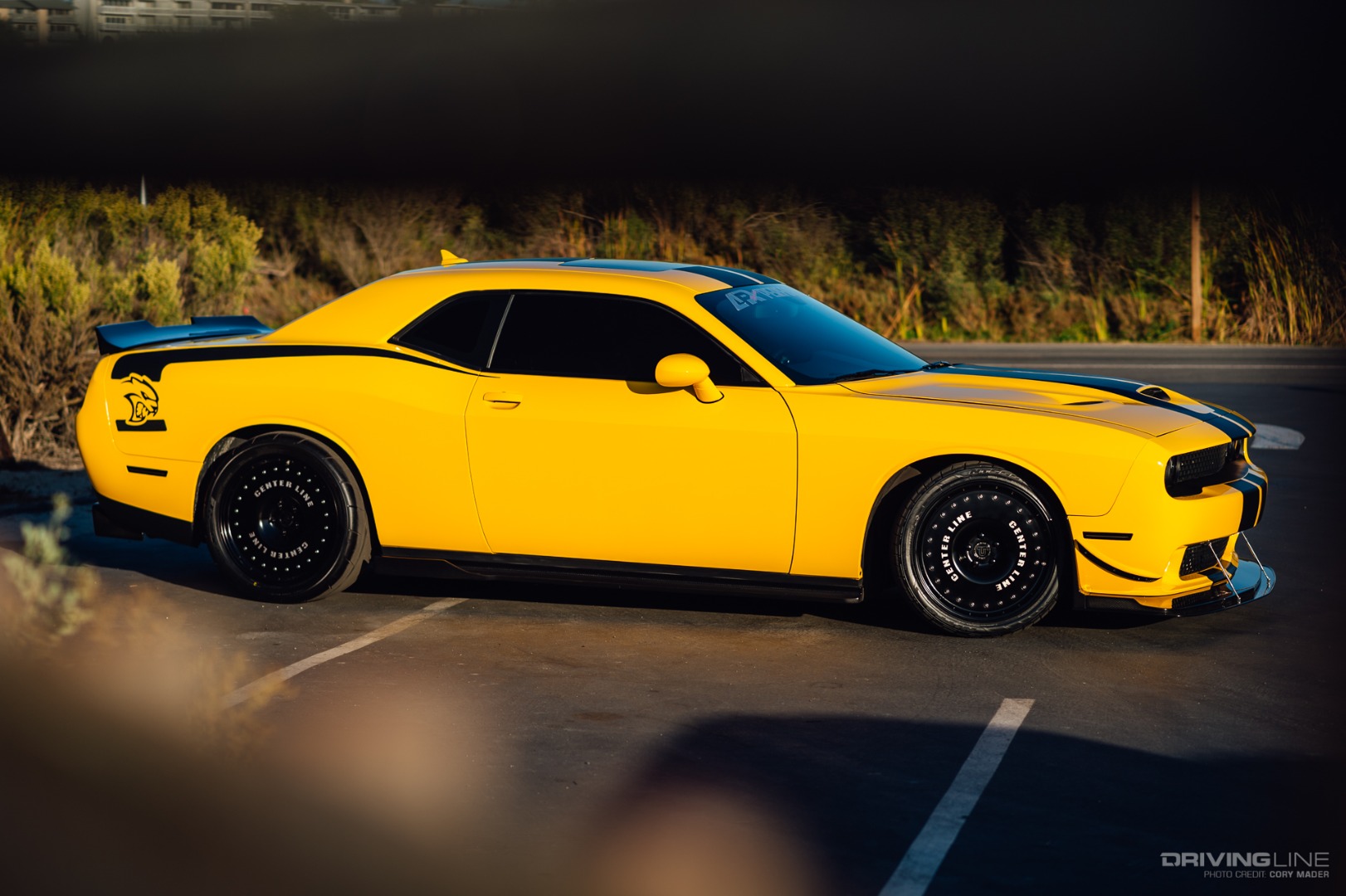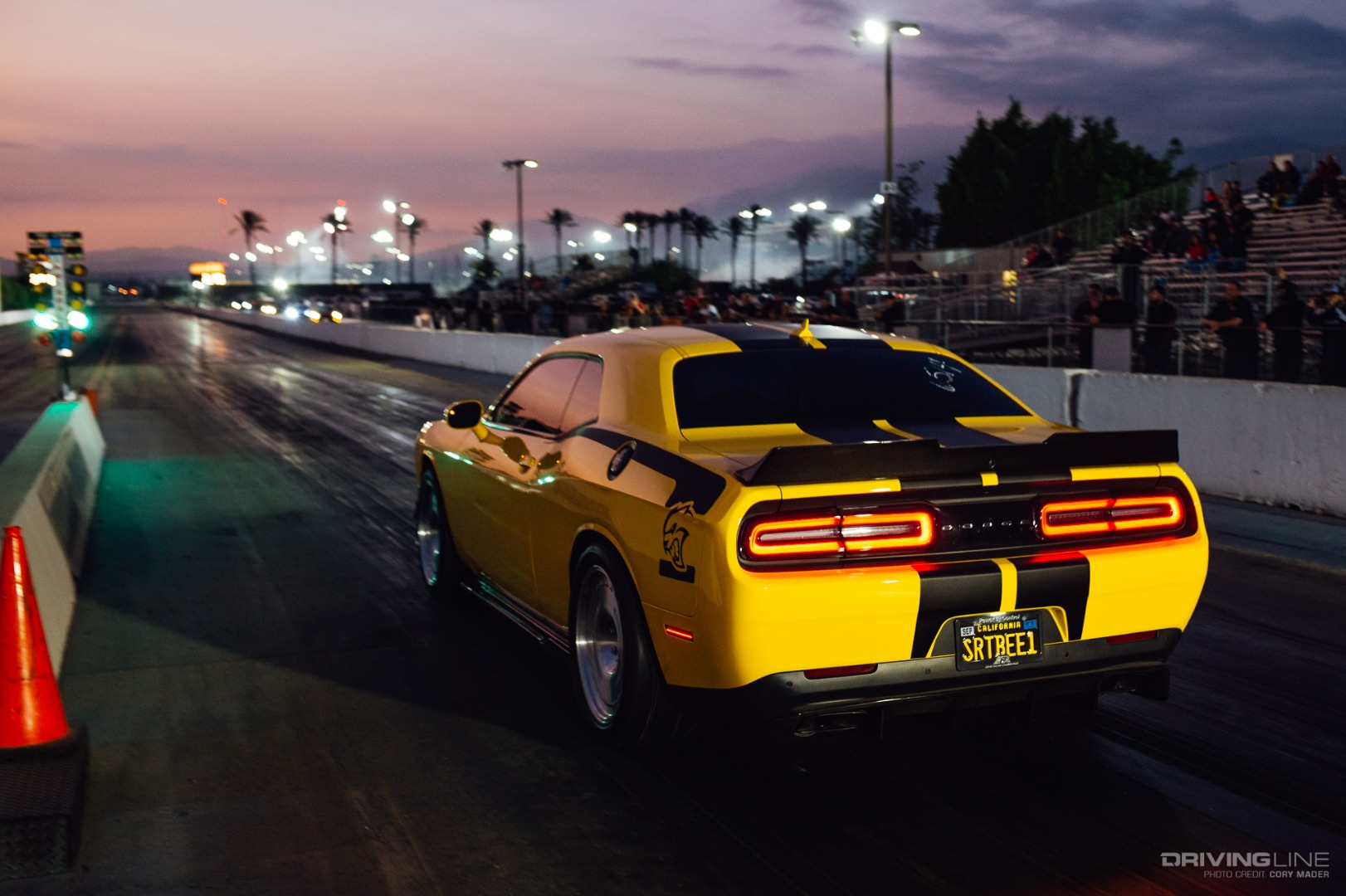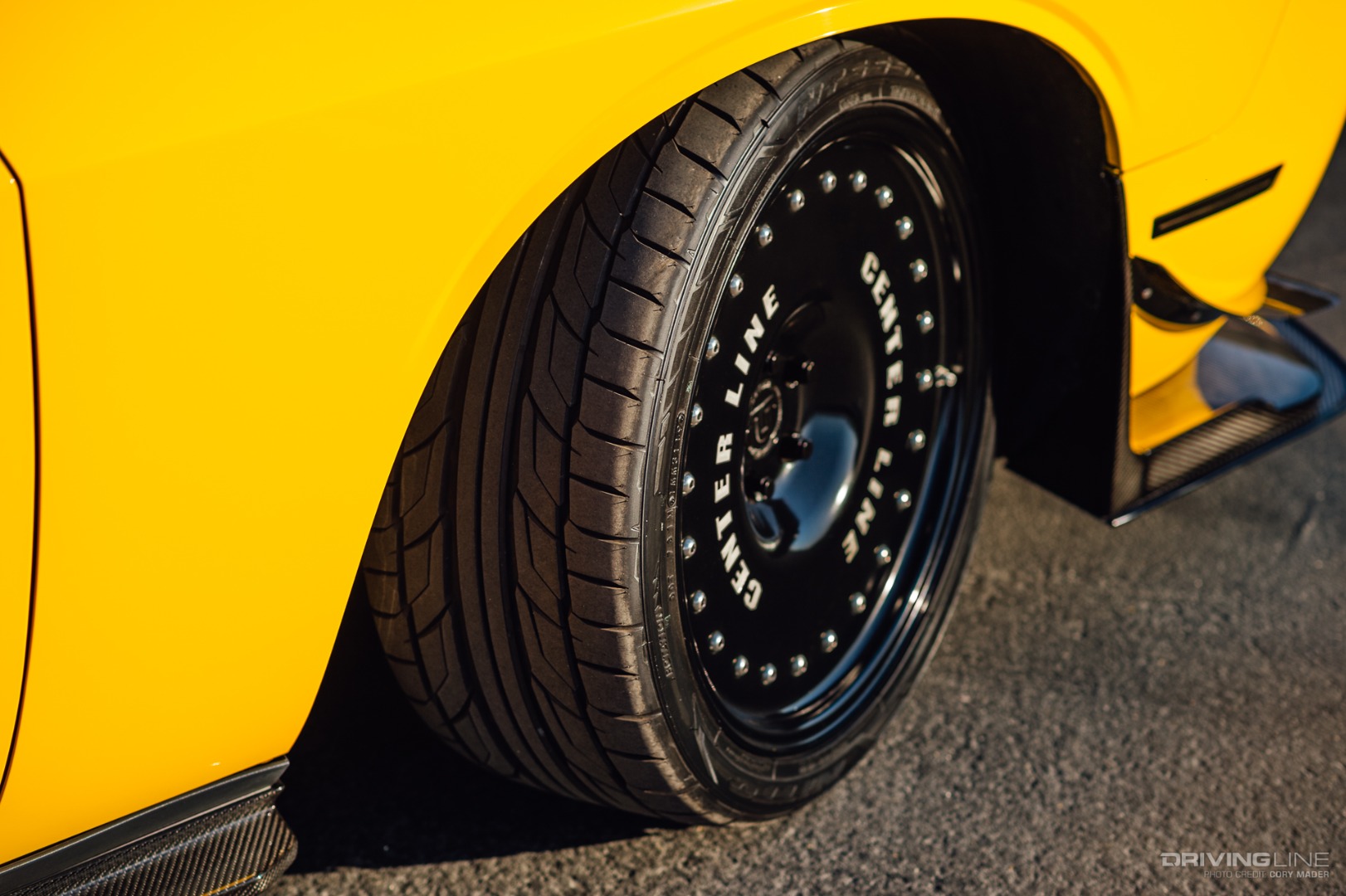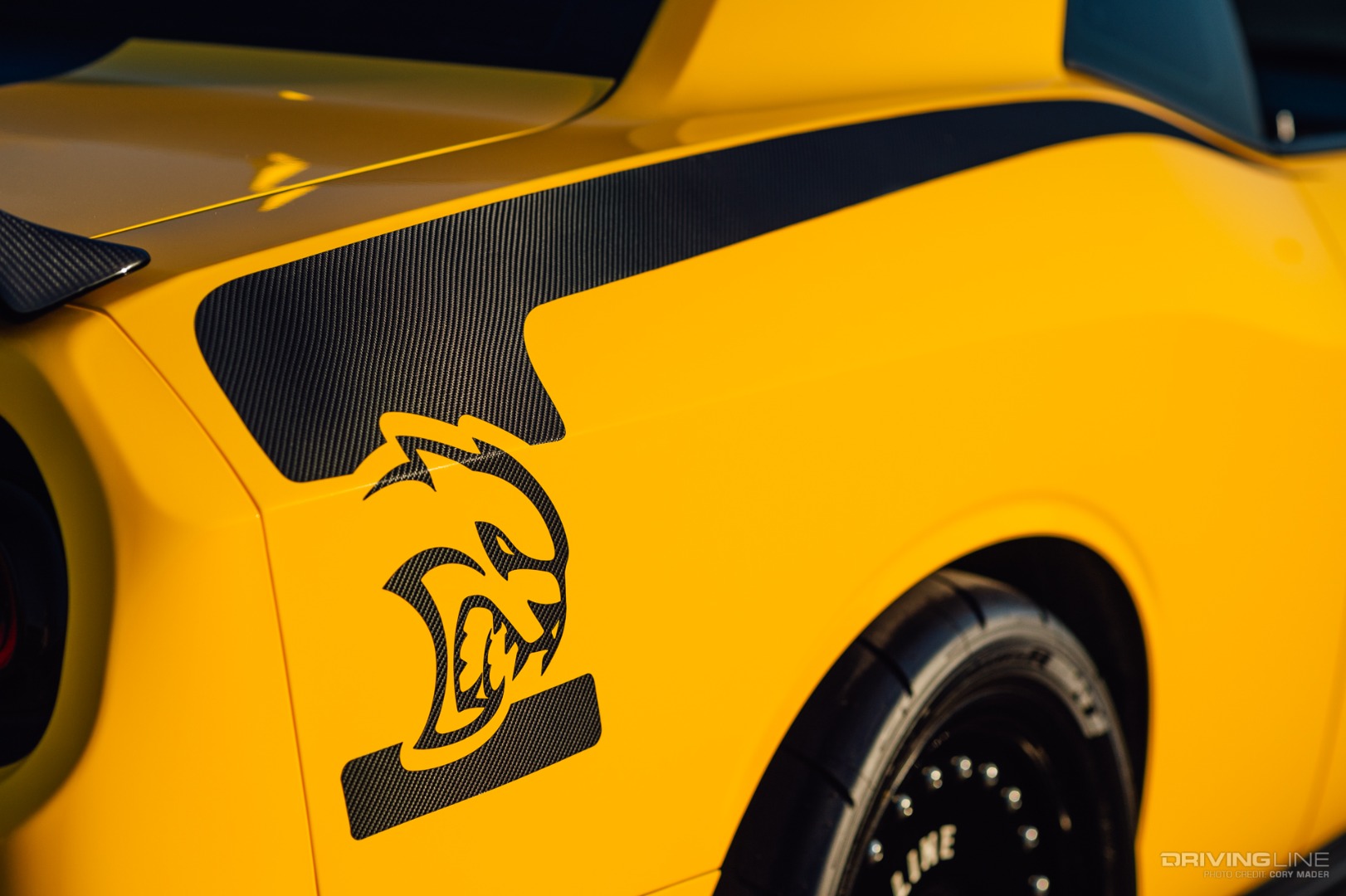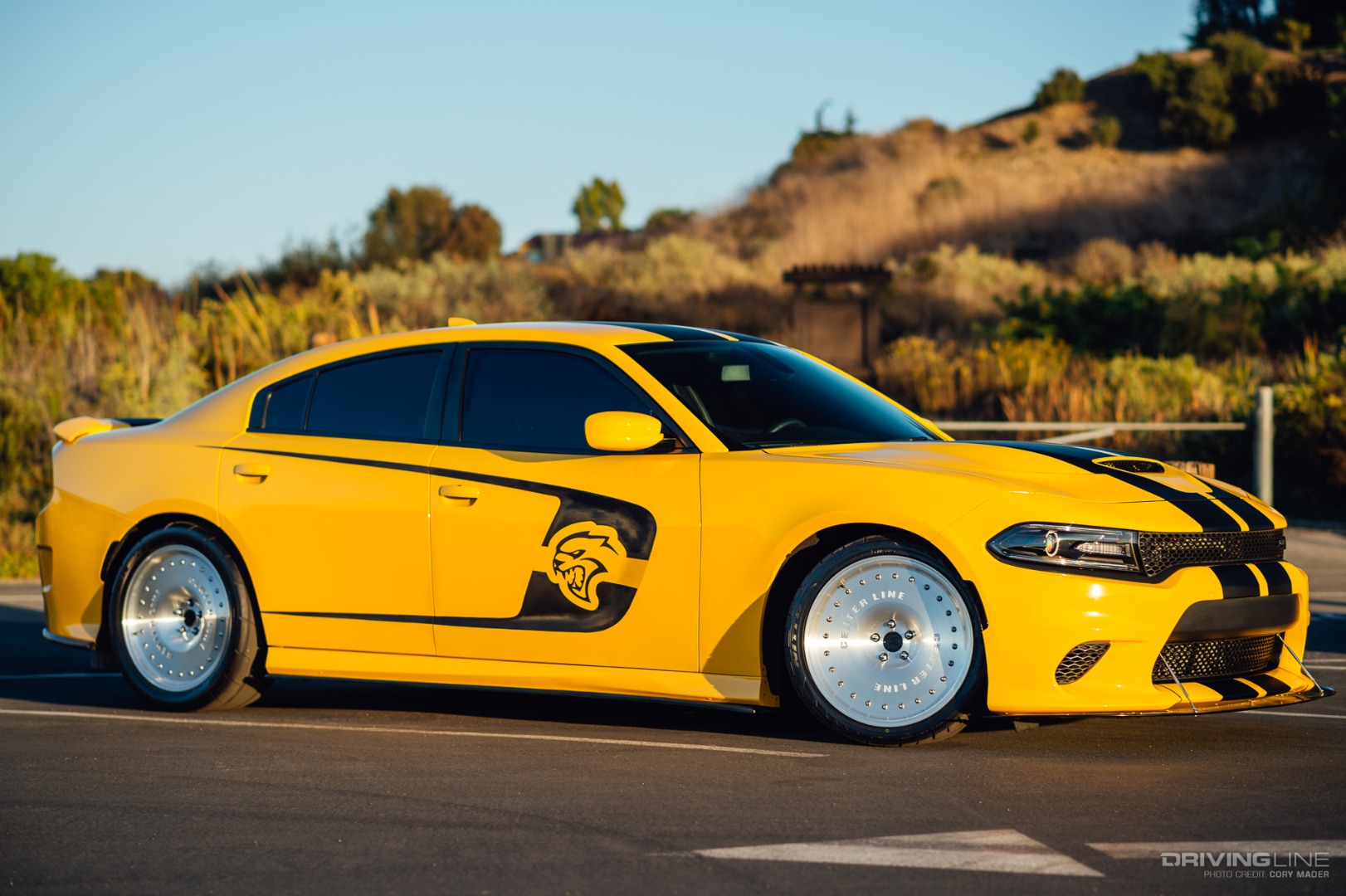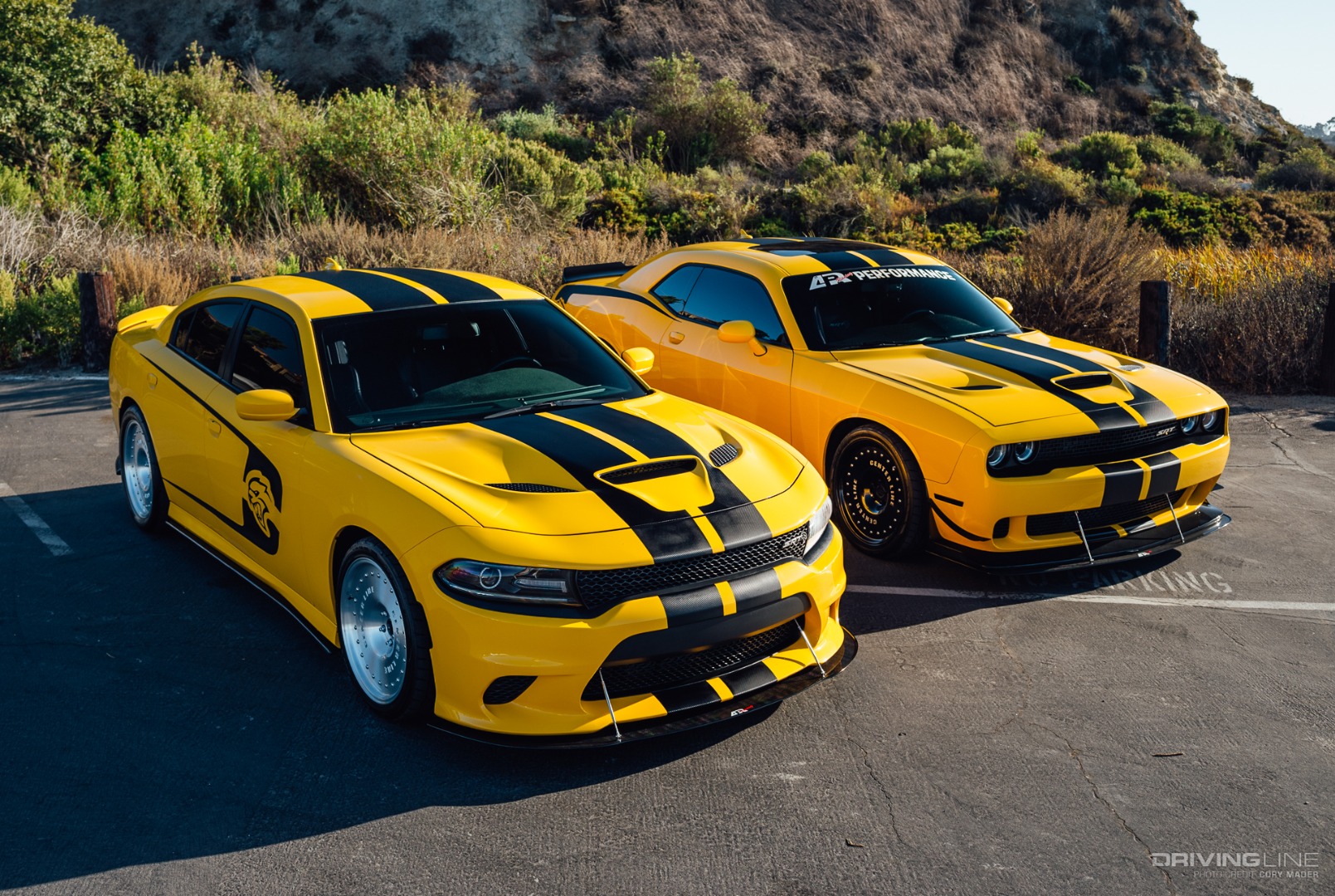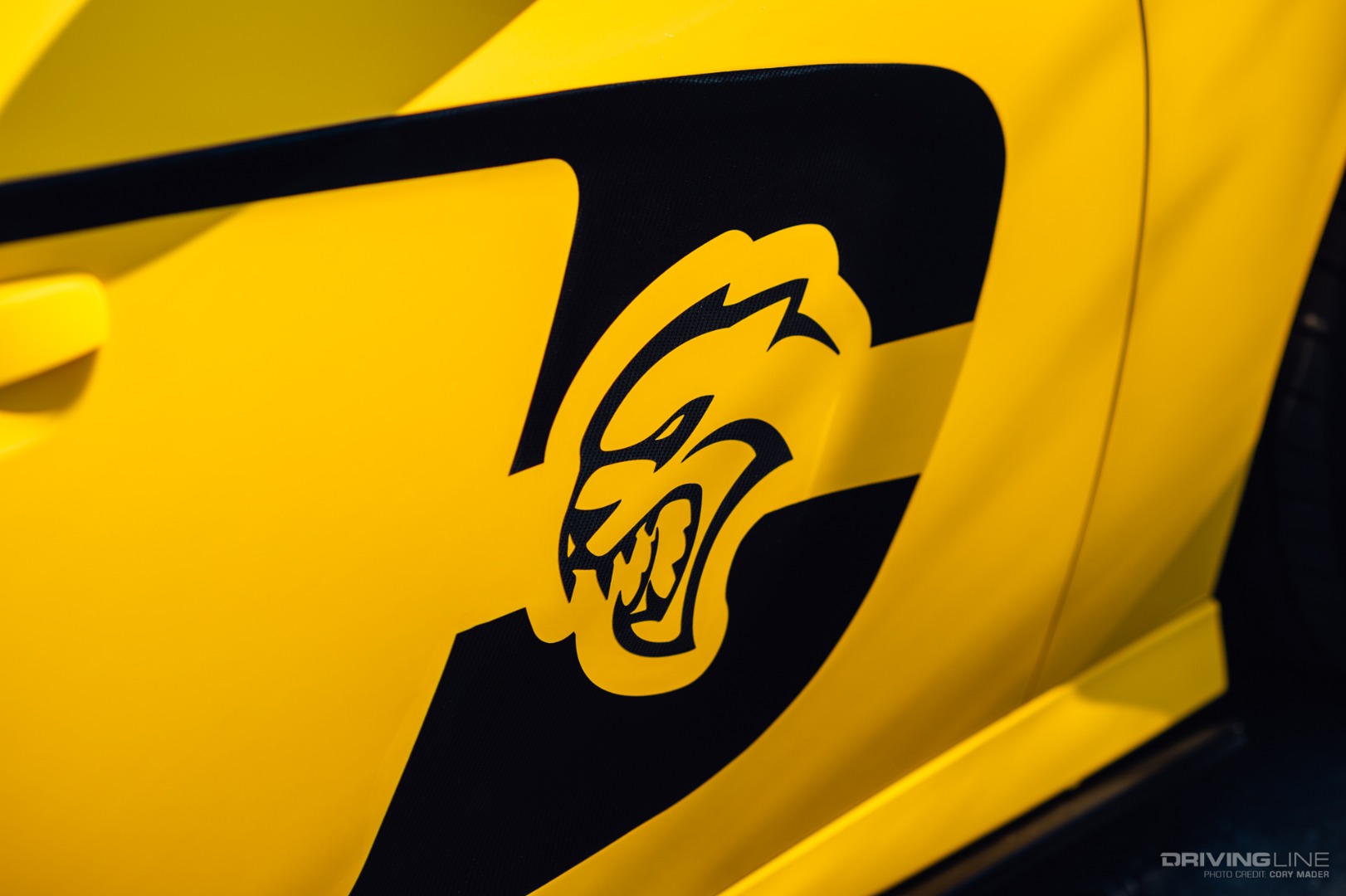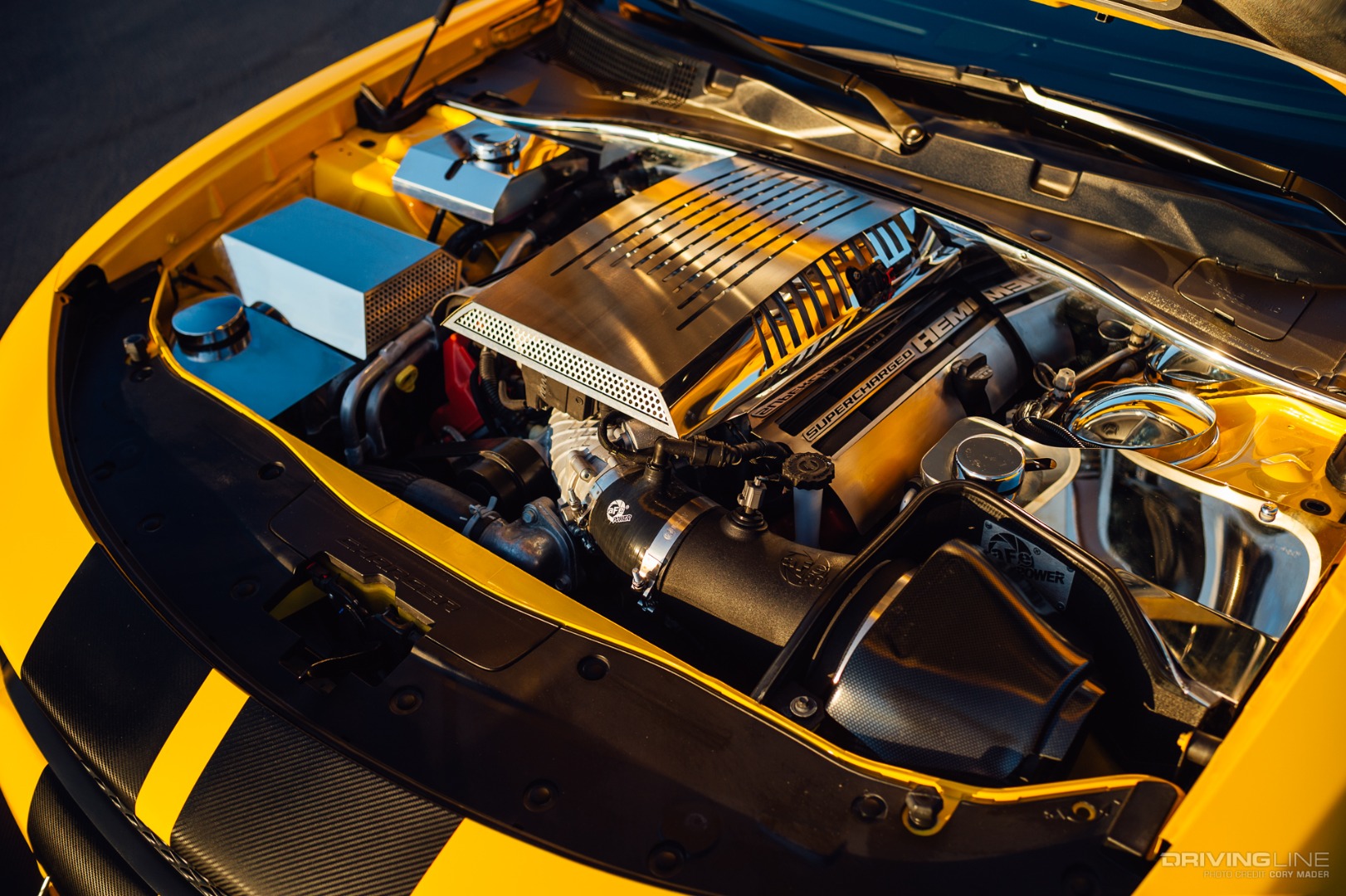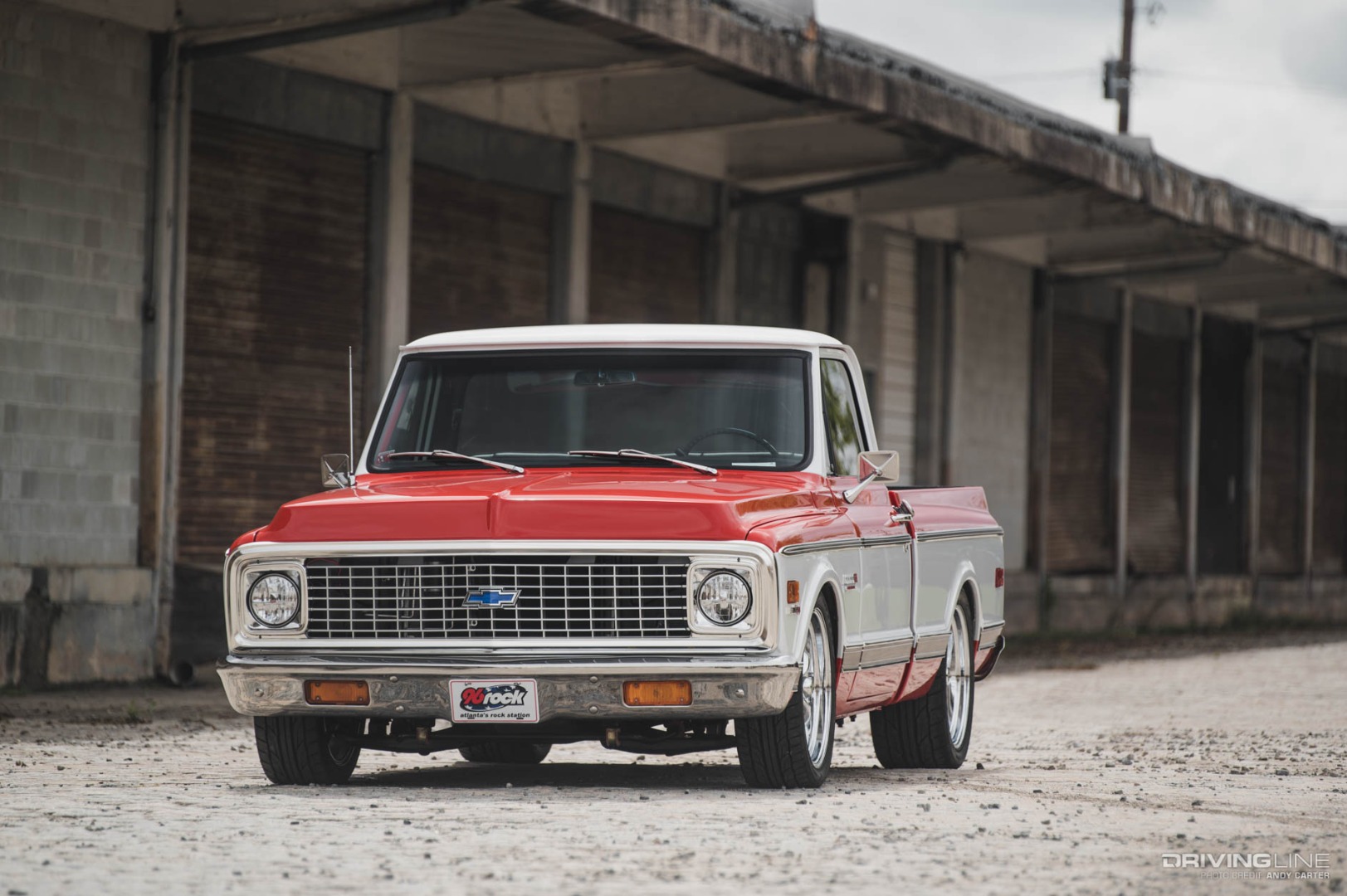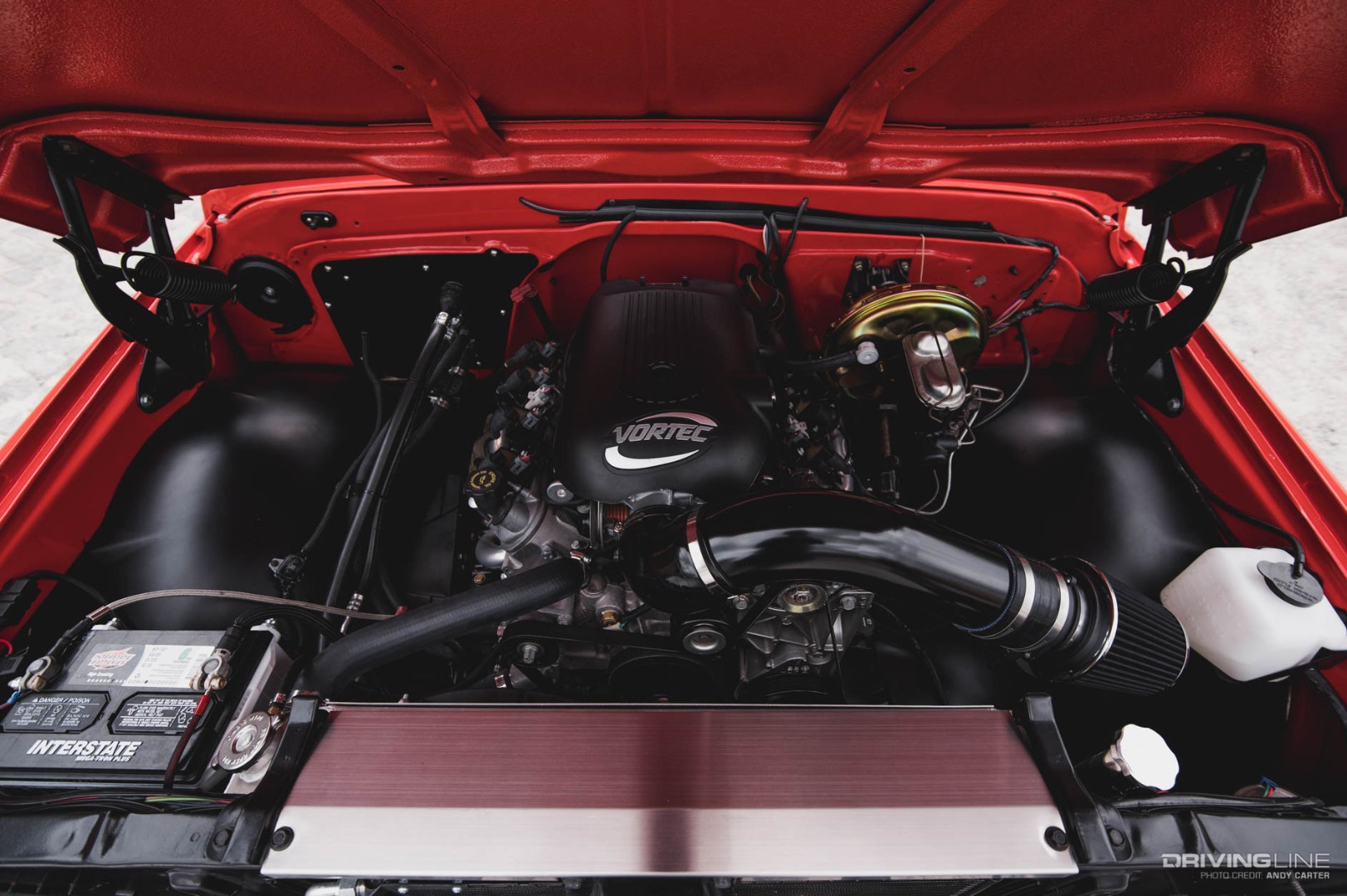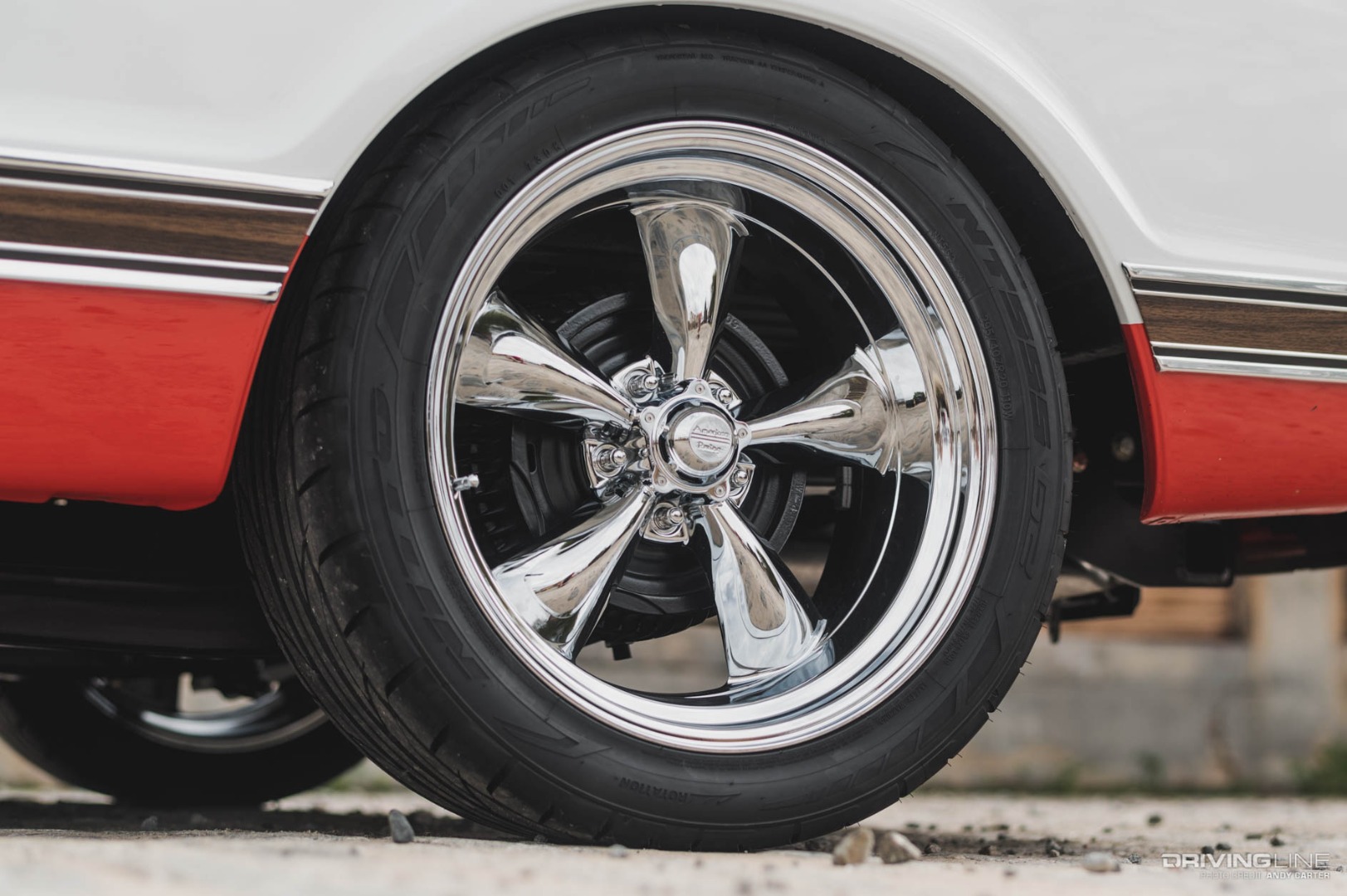Owners of Cummins-powered Rams are a diehard bunch. Not only have 90-percent of them purchased their pride and joy based on the industrial-strength I6 diesel under the hood, but statistically they’re the most likely of all truck owners to modify their vehicle. Well, ‘tis the season to shop truck parts. Whether you’re buying something for your significant other, father, sibling or have a gift card to burn, we’ve compiled a list of budget-friendly mods aimed at increasing performance or longevity without breaking the bank. From an ’89 5.9L to a modern 6.7L Cummins, these stocking stuffers—most of which are available and very affordably priced through our friends at Diesel Power Products—are a great way to spread Christmas cheer to the truck lover in your life. Happy Holidays!
’89-’93 5.9L (First-Gen) Cummins
3,200 RPM Governor Spring Kit
![3,200 RPM Governor Spring Kit]()
There are a lot of cheap or free mods you can perform on a Cummins-powered ’89-’93 Dodge, but increasing available engine rpm is one of the most important. The first-generation Cummins trucks were governed to just 2,500 rpm from the factory, so while more than 50 horsepower can be gained simply by turning up the Bosch VE’s fuel screw, you can’t take much advantage of the added fueling with such a small power window. Industrial Injection’s 22-dollar 3,200-rpm governor spring kit allows you to enjoy your newfound power without risking valve float.
Price: $22
Performance Fuel Pin
![1989 Cummins Fuel Pin]()
For less than $100, you can treat your first-gen Cummins to an additional 40 ponies by installing an aftermarket fuel pin. Also called the fuel cone, this piece is more aggressive than the factory unit and allows the VE injection pump to fuel harder with rising boost pressure. Combined with the aforementioned 3,200-rpm governor spring and fuel screw mods, roughly 100 hp can be added to ’89-’93 Dodge trucks for little more than one Benjamin.
Price: $95
P.O.D. Injectors
![Cummins Industrial Injection POD Fuel Injectors]()
Industrial Injection’s P.O.D. injectors (short for Prince of Darkness) have long been a beginner’s go-to for adding significant power to an ’89-’93 6BT on the cheap. They can yield gains as high as 50rwhp, and if you can manage to keep your foot off the skinny pedal they might even provide an increase in fuel economy. With the Bosch VE rotary pump only capable of creating so much pressure (17,000 psi vs. modern 30,000-psi systems), the larger injector route is really the only path toward more power with the ’89-’93 Cummins.
Price: $473.70
’94-’02 5.9L P-pumped and 24-valve Cummins
KDP Repair Kit (’94-‘02)
![Industrial Injection KDP Repair Kit]()
The steel dowel pin used to locate the timing gear housing on the block at the factory can bring any ’94-’02 Cummins owner’s fun to a screeching halt if it backs out, potentially taking out the cam gear, injection pump drive gear or the crank gear. That’s why we recommend performing this peace of mind mod before you invest too much coin in your 6BT or ISB. Killer Dowel Pin (KDP) repair kits are available from several different companies and can be had for $50 to $120. The goal of each kit is the same: lock the KDP in place within the block so it can never work itself loose. Full disclosure: the KDP can strike in ’89-’93 engines, too, and the same kits fit those engines as well.
Price: $52.63
Boost Elbow (’95-‘02)
![1998 Dodge Cummins Boost Elbow]()
You can perform all the popular entry-level fueling mods you want on a ’94-’02 Cummins, but performance will always be stifled as long as the factory wastegate is opening at the factory threshold. To get more boost out of the Holset HX35, this brass boost elbow from Dynomite Diesel Products replaces the factory piece and delays when the wastegate opens, allowing for 50-percent more boost on initial acceleration and double the boost potential at high rpm. With this little guy in the mix (along with the right fueling mods), it can help a stock HX35 support more than 400rwhp.
Price: $23.52
3,000-rpm GSK
![Bosch P7100 Governor Spring Kit]()
Governed at roughly 2,700-rpm and with defueling coming into play as soon as 2,400 rpm, the ’94-‘98 12-valve Cummins hardly out-revs its VE-pumped predecessor in factory form—even though the engine has 5,000-rpm potential. To enjoy all the freebie mods you can perform on the legendary P-pumped 5.9L, a 3,000-rpm governor spring kit is mandatory. In addition to allowing for higher engine speeds, the horsepower and torque curve of your engine will be significantly broader.
Price: $85.50
Electric Replacement Lift Pump (’98.5-‘02)
![VP44 Cummins Fass Direct Replacement Lift Pump]()
It’s well-documented that lack of fuel supply pressure kills the VP44 injection pump aboard the ’98.5-’02 24-valve ISB Cummins. Due to a sub-par mechanical lift pump and later a fairly unreliable in-tank lift pump from the factory, ’98.5-’02 Dodge owners began turning to the aftermarket for a sound way to keep the expensive VP44 alive. They found the best solution in the direct replacement electric pumps from FASS and AirDog. By providing 12-to-15 psi under all load conditions, these pumps can keep the infamous electronically controlled rotary injection pump alive for 200,000 miles or more.
Price: $297.35
Edge Competition Juice with Attitude CTS2
![Edge Competition Juice with Attitude CTS2]()
There are plenty of electronic power adders available for the 24-valve 5.9L Cummins, but few wake the VP44-fueled engine up like this product from Edge. On top of including the company’s industry-standard 5-inch color touch screen monitor, the competition version of Edge’s Juice with Attitude allows for timing adjustments and full fueling up to 3,600 rpm on level 7—a power setting that can add as much as 150 hp and 380 lb-ft of torque to your 24-valve workhorse.
Price: $1,034.95
’03-‘07
Finer Fuel Filtration![Common Rail Cummins Fuel Filtration]()
If you want rock-solid reliability out of your ’03-’07 Cummins, especially the expensive common-rail fuel system, improved fuel filtration is a must. On average, a 5.9L common-rail will need its injectors overhauled every 150,000 to 200,000 miles. With finer filtration you can extend that interval indefinitely. Glacier Diesel Power allows you to piece together a more efficient, chassis-mounted fuel filter/water separator combo that adds a 2-micron fuel filter and a 20-micron water separator to your existing filtration system for utmost peace of mind.
Price: $229
Smarty Jr.
![Smarty Jr Cummins Programmer]()
Although electronic power-adders abound for ’03-’07 Dodge Rams, the performance potential of the common-rail fuel system can wreak havoc on the factory automatic transmission or the clutch in a six-speed manual. To keep the stock 48RE four-speed auto or the factory clutch alive, the Smarty Jr. from MADS Electronics gets our vote. It offers three power settings (40hp, 70hp and 100hp over stock), all of which will keep your third-gen Dodge Ram’s transmission in the safe zone.
Price: $396
Electronic Boost Fooler (’04.5-‘07)
![Cummins Electronic Boost Fooler]()
Similar to earlier Cummins mills, considerable gains in power can be achieved by “fooling” the turbo into producing more boost. On an ’04.5-’07 5.9L, this is done electronically. Simple to install, weather-proof and cheap, BD Diesel’s electronic boost fooler will allow your turbo to build more than 40 psi of boost (vs. the 32-psi peak it sees in stock form). While it adds power, the increased boost actually helps drop exhaust gas temperature, too. Typical EGT reductions depend on the modifications you’ve already performed and range from a 75-degree decrease to a 300-degree drop.
Price: $60.30
’07.5-‘18
68RFE Transmission Pressure Enhancer
![68RFE Pressure Enhancer]()
One of the biggest pitfalls in the 68RFE six-speed automatic used behind the ’07.5-present 6.7L Cummins is its lack of line pressure. By increasing line pressure under all conditions, the transmission’s clutch holding capacity is increased, meaning it can better handle horsepower and torque increases. BD Diesel’s Transmission Pressure Enhancer does just that, delivering up to 250 psi of apply pressure to prevent clutch slippage under high load conditions. This is made possible thanks to the product’s dynamic control, which means it varies pressure based on turbo boost and engine load.
Price: $188.10
Smarty Jr. (’07.5-‘12)
![Smarty Jr 2012 Cummins]()
Similar to the version for earlier, 5.9L common-rails, the Smarty Jr. from MADS Electronics is also available for the ’07.5-’12 6.7L Cummins. And just like the other version, three power levels are on tap (40hp, 70hp and 100hp over stock). For fine-tuning the way your engine runs, the Smarty Jr. provides the ability to adjust timing and tweak torque management tables for optimized drivability. Improved power, better street manners, easy installation and cooler EGT are all selling points for the Smarty Jr.
Price: $396
S&B Cold Air Intake (’13-‘18)
![SB Filters Cummins Cold Air Intake]()
This one won’t fit in a stocking, but it’s a great upgrade and a worthwhile investment for any ’13-present 6.7L Cummins equipped with Ram Active Air (the air intake system that allows air to be pulled from the front grille opening, instead of the fender well, during high load situations). S&B Filters’ cold air intake retains the factory Ram-Air technology while offering 54.6-percent more airflow than stock. Specifically, the S&B system uses the same motor that drives the Ram-Air to activate the swing gate used in its air box. For unmatched airflow, the dam can be removed from the gate arm, and then reattached during inclement weather or when desired.
Price: $329
![Nitto Ridge Grappler]()
Now that you’ve made the Cummins under the hood more powerful, how about making the truck itself more capable? Whether you spend the bulk of your time on the highway, off-road or somewhere in between, Nitto Tire has a tread pattern that’s designed to maximize your Ram’s performance. From the time-tested Mud Grappler and Trail Grappler mud terrains to the proven Terra Grappler and Terra Grappler G2 to the hybrid terrain Ridge Grappler, fitments range from 15-inch wheels all the way to 26’s. On top of that, most options carry either an E or F load range.
Price: Varies by tire size
If you had to narrow things down to one make-or-break part to improve the performance or longevity of your Cummins-powered Ram, check these mods out.
























































































































